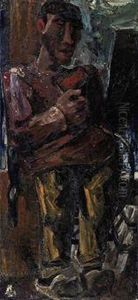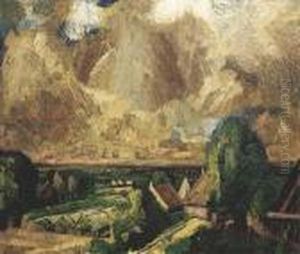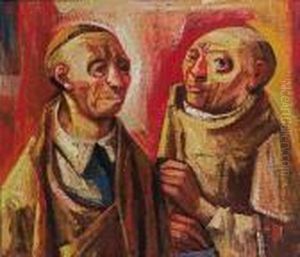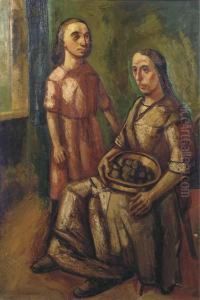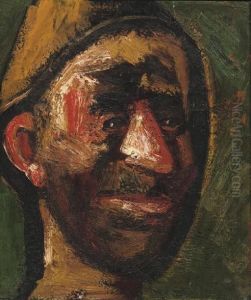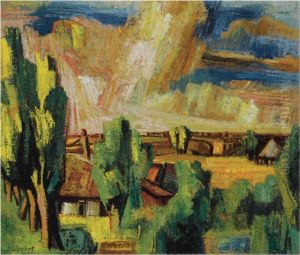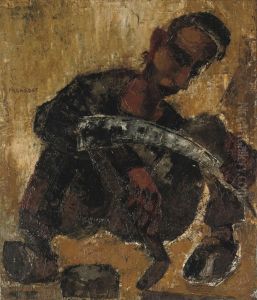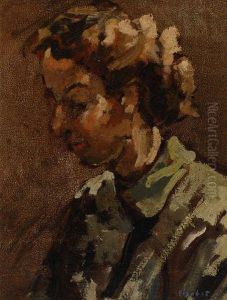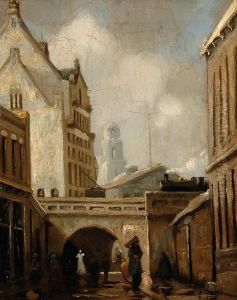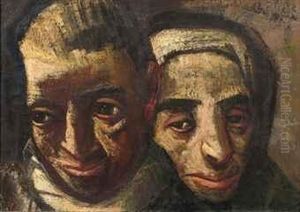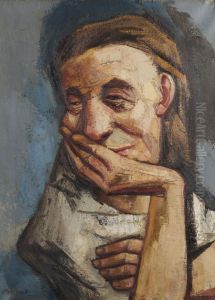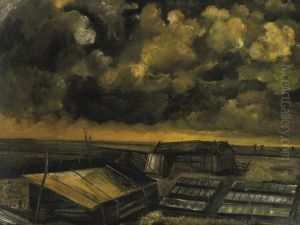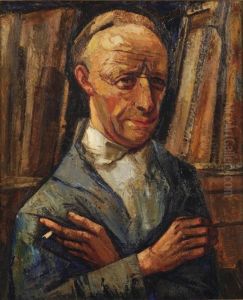Hendrick Chabot Paintings
Hendrick Chabot, a Dutch painter and sculptor, was born in 1894 in Rotterdam, Netherlands. His work is often associated with Expressionism, a movement that emphasizes the expression of emotional experience rather than physical reality. Chabot's early life and education in art set the foundation for his unique style, which was heavily influenced by his surroundings and the socio-political climate of his times.
Chabot's career began in the early 20th century, a period marked by significant upheavals and the aftermath of World War I. This context deeply influenced his artistic direction, leading him to explore themes of suffering, poverty, and the human condition. His paintings and sculptures frequently depicted the landscapes and people of Rotterdam, capturing the essence of his environment with a poignant and expressive style.
Throughout the 1920s and 1930s, Chabot established himself as a prominent figure in the Dutch art scene. His work was characterized by a robust and dynamic use of color and form, often employing a thick impasto technique that added a tactile quality to his paintings. Despite his growing reputation, Chabot remained deeply committed to his personal vision, rarely conforming to the prevailing artistic trends of his time.
The outbreak of World War II and the German occupation of the Netherlands had a profound impact on Chabot. His art from this period reflects the turbulence and anxiety of the era, with darker tones and more somber themes. He was also actively involved in the resistance movement, using his art as a form of protest against the Nazi regime.
After the war, Chabot's work began to receive international recognition, although his health was in decline. His later pieces often revisited earlier themes, but with a sense of reflection and introspection that marked the culmination of his life's work. Hendrick Chabot passed away in 1949 in Rotterdam, leaving behind a legacy as one of the Netherlands' most significant expressionist artists. His contributions to art are remembered for their emotional depth, technical mastery, and poignant commentary on the human experience.
